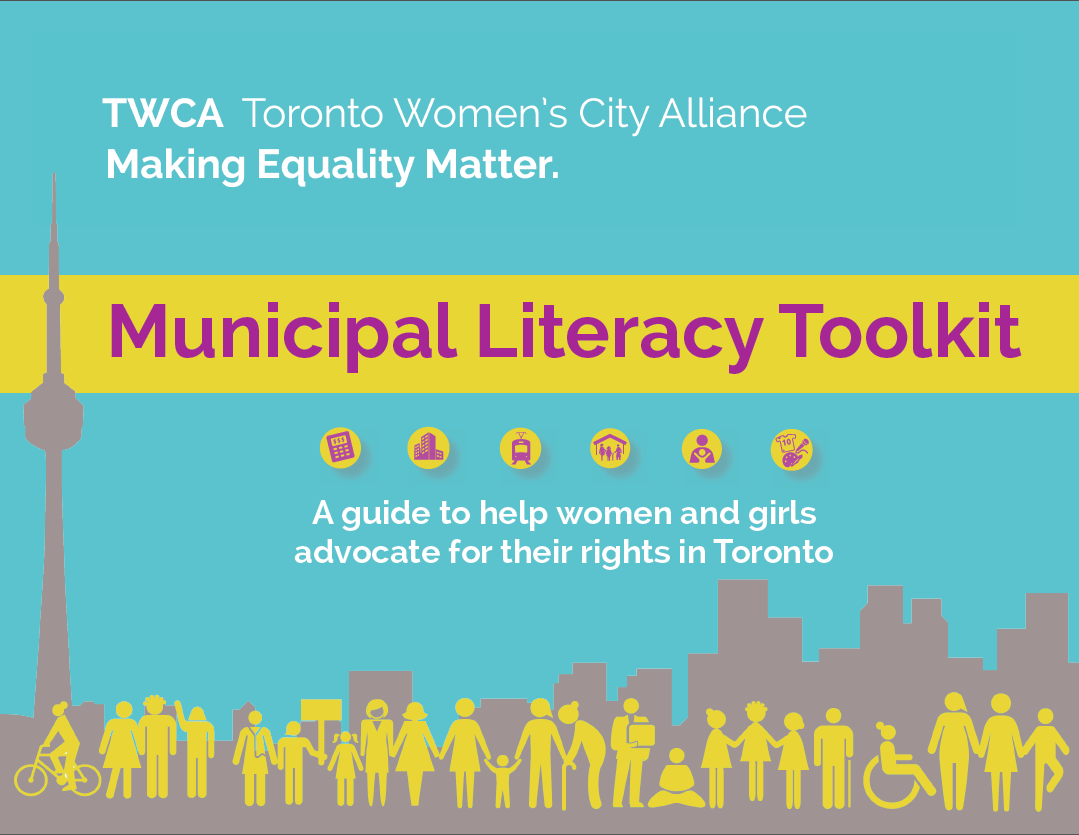In 2010, the City of Ottawa’s Equity and Inclusion Lens was launched as a Corporate-wide initiative to guide city staff in their day-to-day work to promote equity and inclusion throughout the Corporation. This event marked an important moment in the on-going efforts since 2005 in Ottawa to systematically shift thinking and decision-making within the City of Ottawa to recognize and address the perspectives and concerns of groups who typically have been marginalized in their dealings at and with City Hall. And those efforts were in turn built on earlier attempts to systematically promote gender equality throughout the corporation that began in 1999.
Since 2012, three university researchers – Fran Klodawsky, Geography, Carleton University, Janet Siltanen, Sociology, Carleton University, and Caroline Andrew, Centre on Governance, University of Ottawa – have comprised the academic research team for an investigation about the EI Lens initiative, and specifically its implementation, that is being supported by a Social Sciences and Humanities Research Council Partnership Development Grant.
In the most general terms, the Equity and Inclusion Lens (EI Lens) is a tool to aid City of Ottawa staff in the consideration of issues related to equity and inclusion in the course of their daily work. It includes the EI Lens Guide and 11 Diversity Snapshots. The Guide presents a series of ideas and activities to encourage users to think about their own complex social identities in relation to those of others, and to make connections between such insights and the need to acknowledge issues of diversity and inclusion in every aspect of their work. The Lens recognizes that in Ottawa, 11 groups are particularly at risk of marginalization. These groups are: Aboriginal peoples; Visible minorities; GBLT; Disability community; People living in poverty; rural communities; seniors; youth; immigrants; Francophones and Women.
As academic researchers, we found the EI Lens initiative to be an intriguing example of what we have called Intersectionality in Practice. By this we mean an effort that is trying to incorporate an explicit recognition of the interactions between complex social identities and the risk of marginalization into the everyday work practices of staff throughout the City of Ottawa. The period since the launch has been one of implementation within the City of Ottawa and it is that effort, together with the development of the EI Lens that has been the focus of evaluation research in partnership with the City of Ottawa and the City for All Women Initiative.
This evaluation work is still underway but in the course of our analysis, we are taking into account scholarship about intersectionality, a concept that recognizes identities as complex and multi-faceted. We are trying to link this theoretical literature with an analysis of what is happening ‘on the ground’ at Ottawa’s City Hall. The literature suggests that there often are tensions between diversity management and social justice goals, as well as tensions between structural analysis and more experiential explanations. Such tensions are to be expected especially in a context where organizations are in the midst of broad reaching and widespread changes, as is certainly the case for Canadian municipalities in the 21st century.





